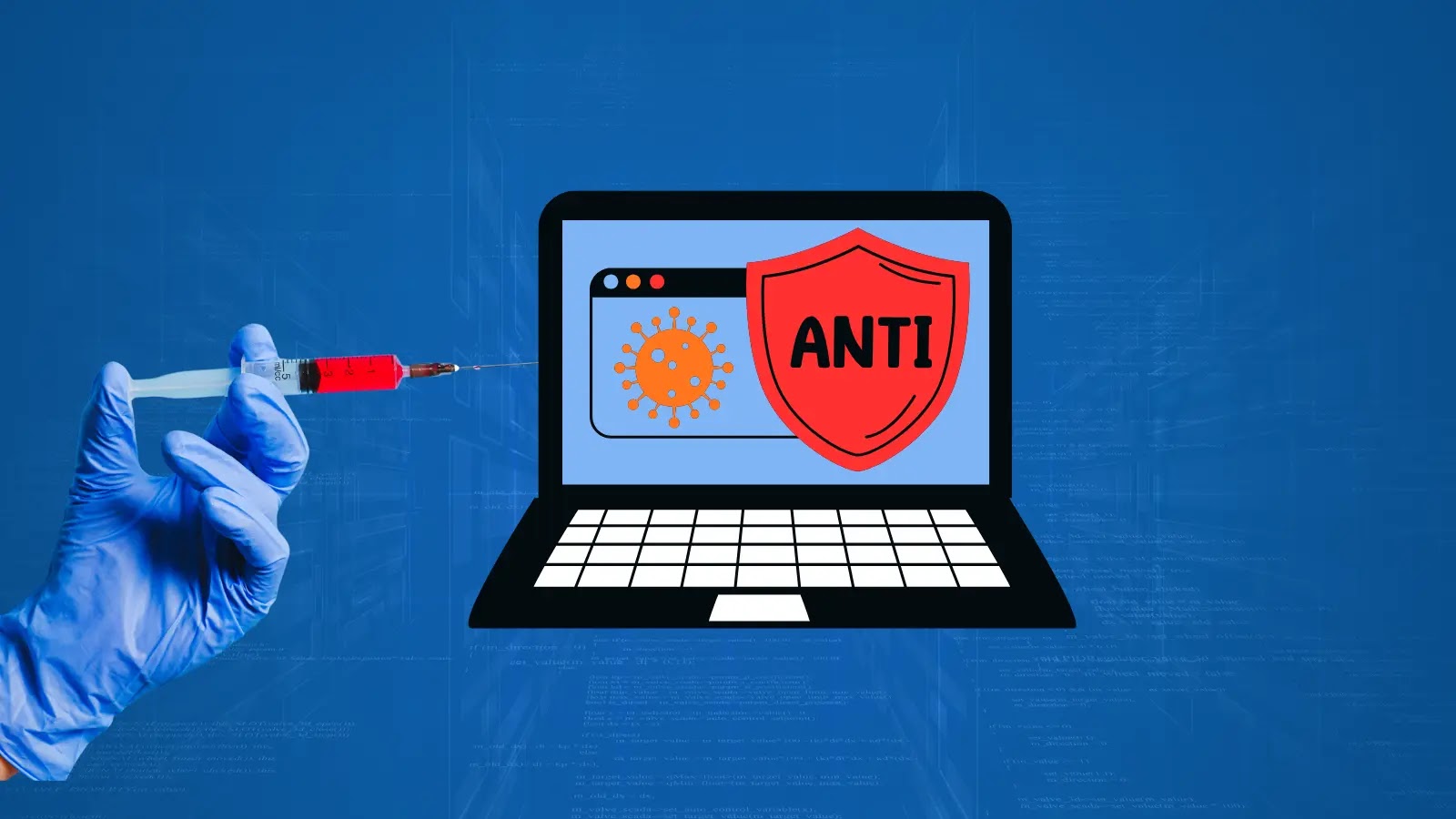Cisco has recently identified a critical security vulnerability in its Identity Services Engine (ISE) and the ISE Passive Identity Connector (ISE-PIC). This flaw, designated as CVE-2025-20337, carries the highest severity rating with a CVSS score of 10.0. It enables unauthenticated, remote attackers to execute arbitrary code with root privileges on the affected systems.
Nature of the Vulnerability
The vulnerability arises from inadequate validation of user-supplied input within specific APIs of Cisco ISE and ISE-PIC. By sending a specially crafted API request, an attacker can exploit this weakness to gain root-level access to the underlying operating system. Notably, this exploitation does not require any form of authentication, making it particularly dangerous.
Affected Versions and Patches
The following versions are impacted by CVE-2025-20337:
– Cisco ISE and ISE-PIC releases 3.3 and 3.4.
Versions 3.2 and earlier remain unaffected. Cisco has addressed this issue in the following patches:
– Cisco ISE or ISE-PIC Release 3.3: Fixed in 3.3 Patch 7.
– Cisco ISE or ISE-PIC Release 3.4: Fixed in 3.4 Patch 2.
Organizations utilizing the affected versions are strongly advised to apply these patches promptly to mitigate potential risks.
Discovery and Reporting
The vulnerability was discovered and reported by Kentaro Kawane of GMO Cybersecurity. Kawane has a history of identifying critical security flaws, including previous vulnerabilities in Cisco ISE (CVE-2025-20286 and CVE-2025-20282) and a significant bug in Fortinet FortiWeb (CVE-2025-25257).
Context and Related Vulnerabilities
This disclosure follows a series of critical vulnerabilities identified in Cisco ISE over recent months:
– CVE-2025-20281 and CVE-2025-20282: These vulnerabilities, reported in June 2025, also allowed unauthenticated remote code execution with root privileges. They were due to insufficient input validation and lack of file validation checks, respectively.
– CVE-2025-20286: Reported in June 2025, this flaw affected cloud deployments of Cisco ISE on platforms like AWS, Azure, and OCI. It involved improperly generated static credentials, potentially allowing unauthorized access across multiple deployments.
Implications for Organizations
The recurring identification of critical vulnerabilities in Cisco ISE underscores the importance of proactive security measures. Organizations relying on Cisco ISE for network security and policy management should:
1. Regularly Update Systems: Ensure that all Cisco ISE deployments are updated to the latest patched versions to protect against known vulnerabilities.
2. Monitor for Unusual Activity: Implement monitoring tools to detect unauthorized access or unusual system behavior that may indicate exploitation attempts.
3. Review Security Configurations: Regularly audit and update security configurations to align with best practices and mitigate potential attack vectors.
Broader Security Landscape
The disclosure of CVE-2025-20337 coincides with reports of active exploitation of other critical vulnerabilities. For instance, The Shadowserver Foundation has observed threat actors exploiting CVE-2025-25257 to deploy web shells on vulnerable Fortinet FortiWeb instances. As of mid-July 2025, there were 77 reported infections, primarily in North America, Asia, and Europe.
This trend highlights the evolving threat landscape and the need for organizations to remain vigilant. Cyber attackers are increasingly leveraging publicly disclosed vulnerabilities to compromise systems, emphasizing the necessity for timely patching and comprehensive security strategies.
Conclusion
The identification of CVE-2025-20337 in Cisco ISE serves as a critical reminder of the ever-present cybersecurity challenges. Organizations must prioritize the application of security patches, maintain robust monitoring systems, and foster a culture of security awareness to safeguard their networks against potential exploits.



